
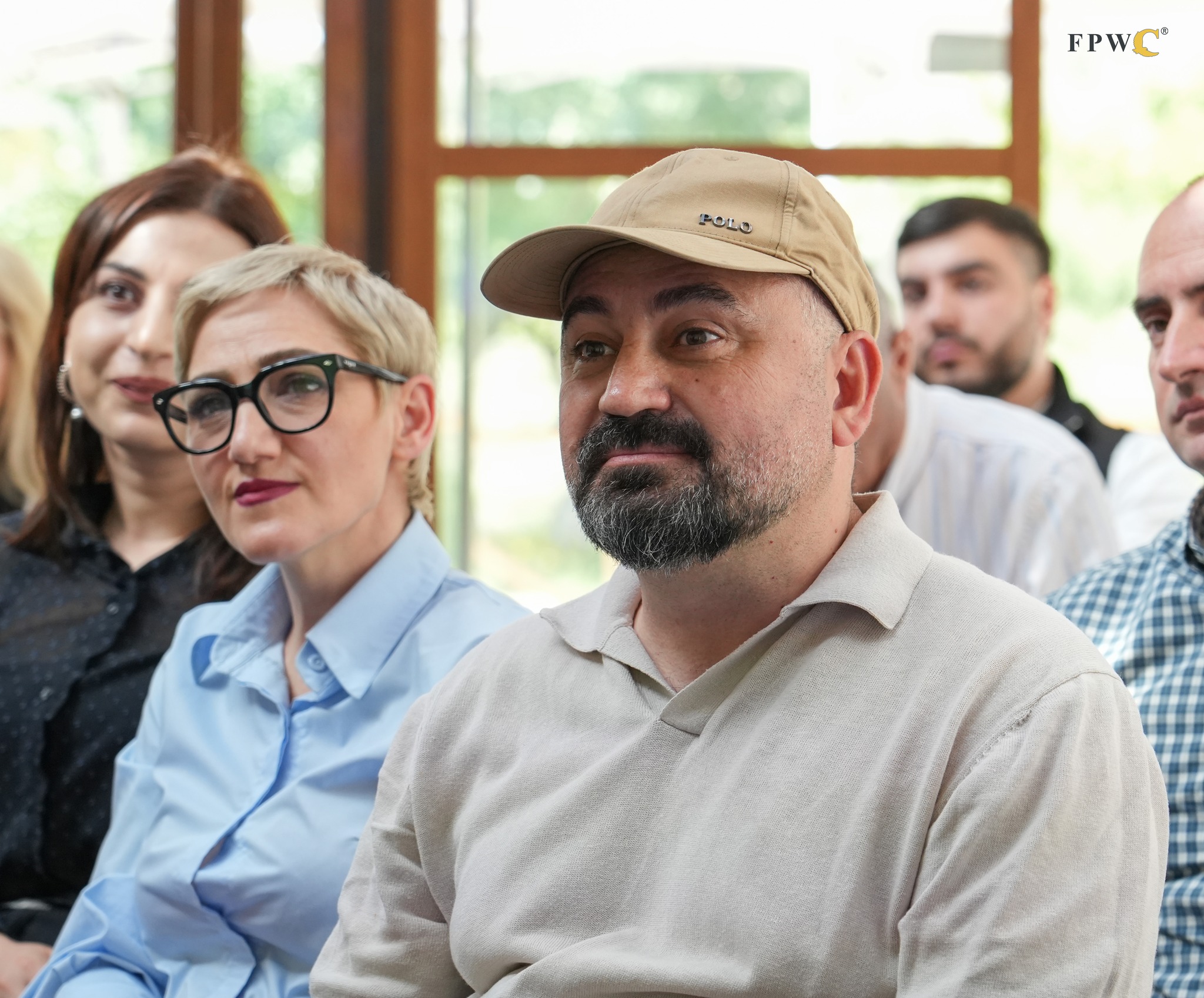
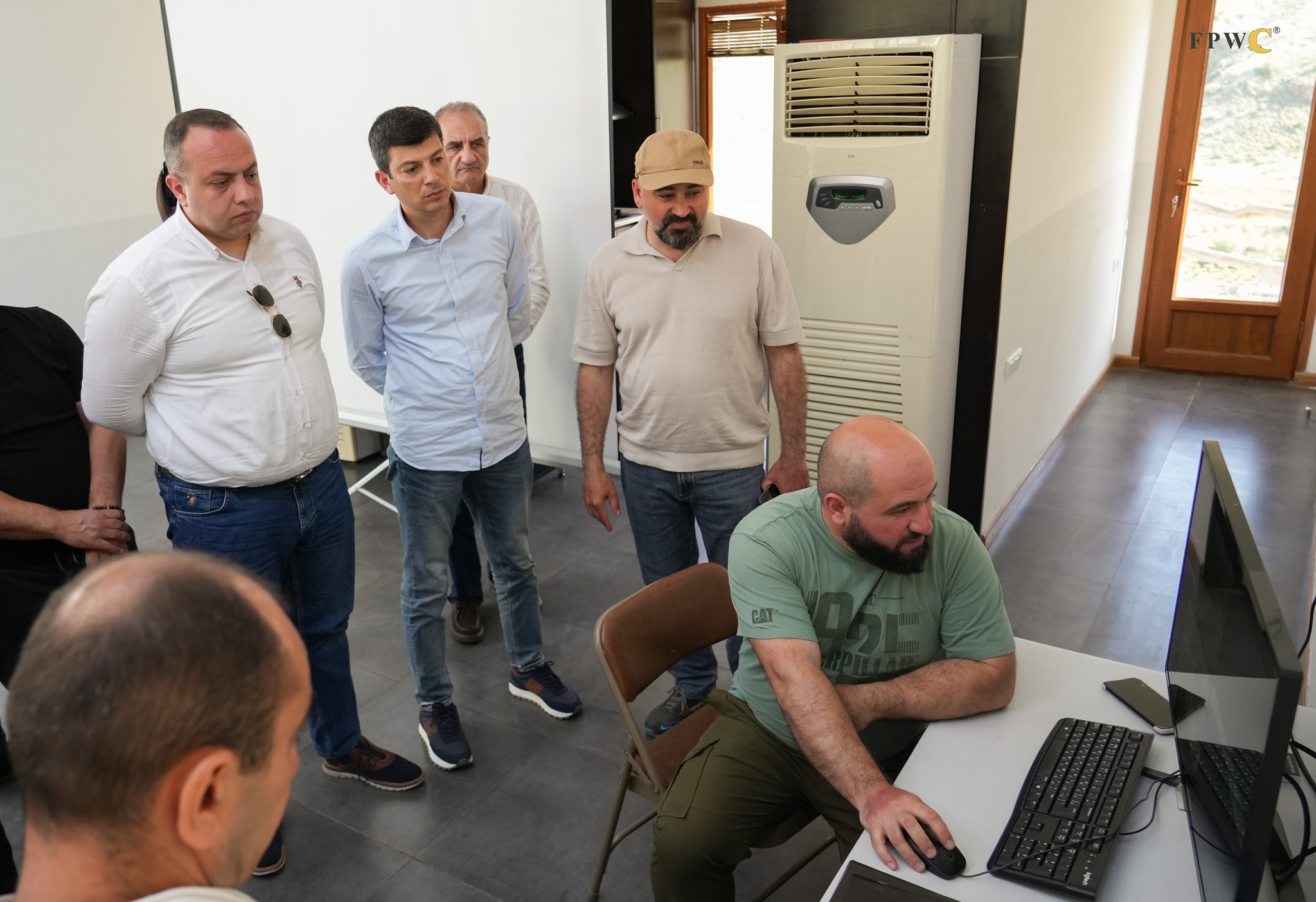

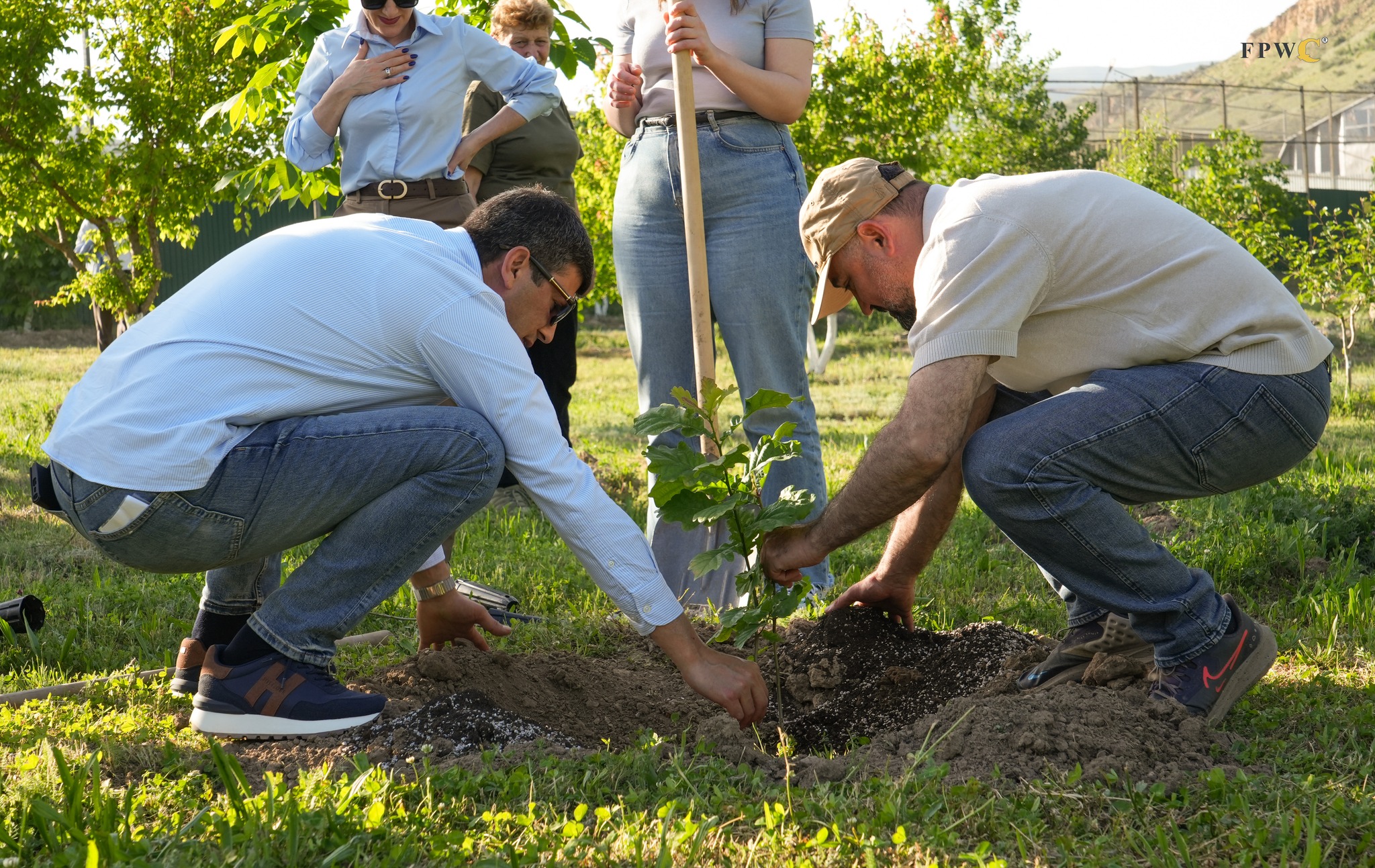
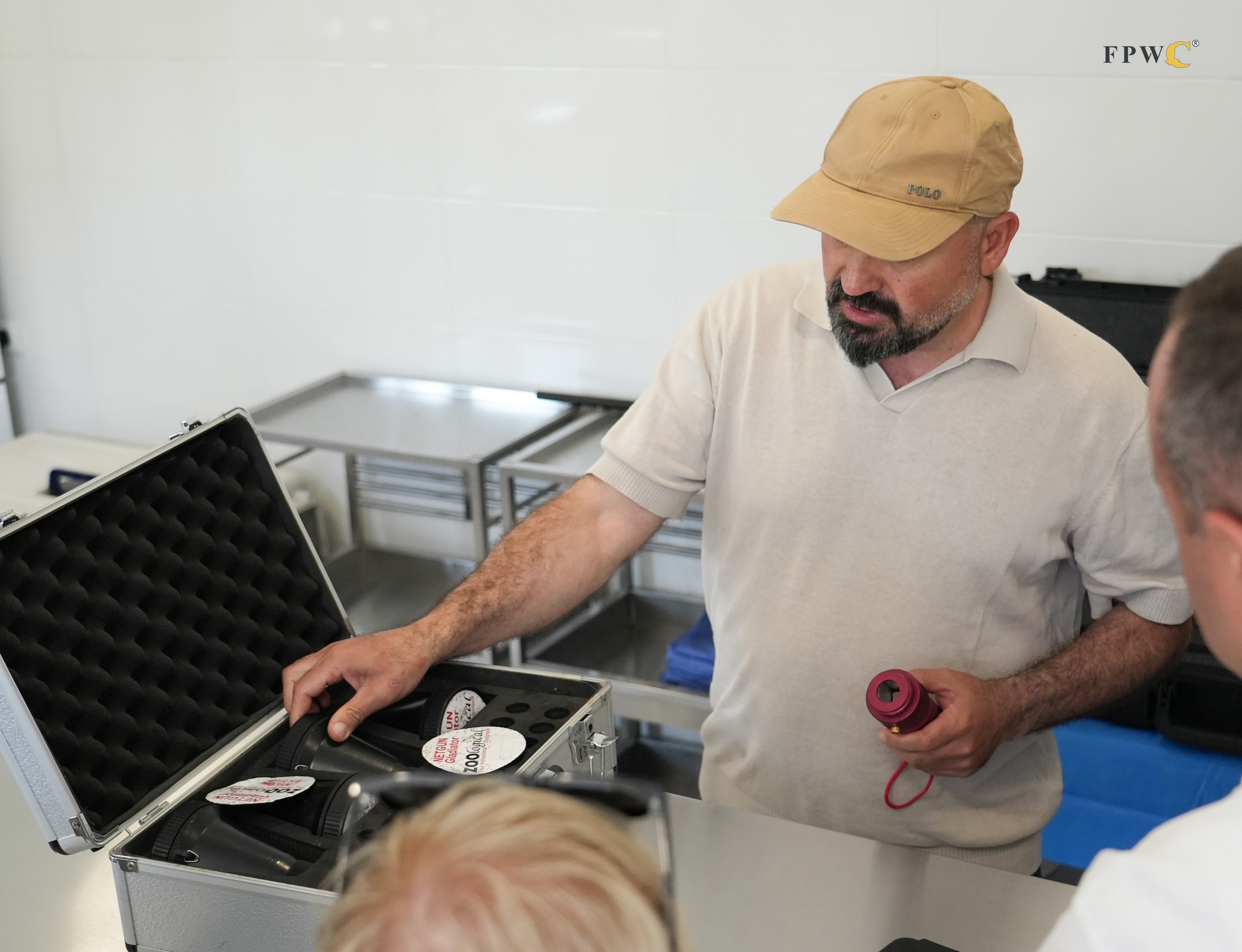


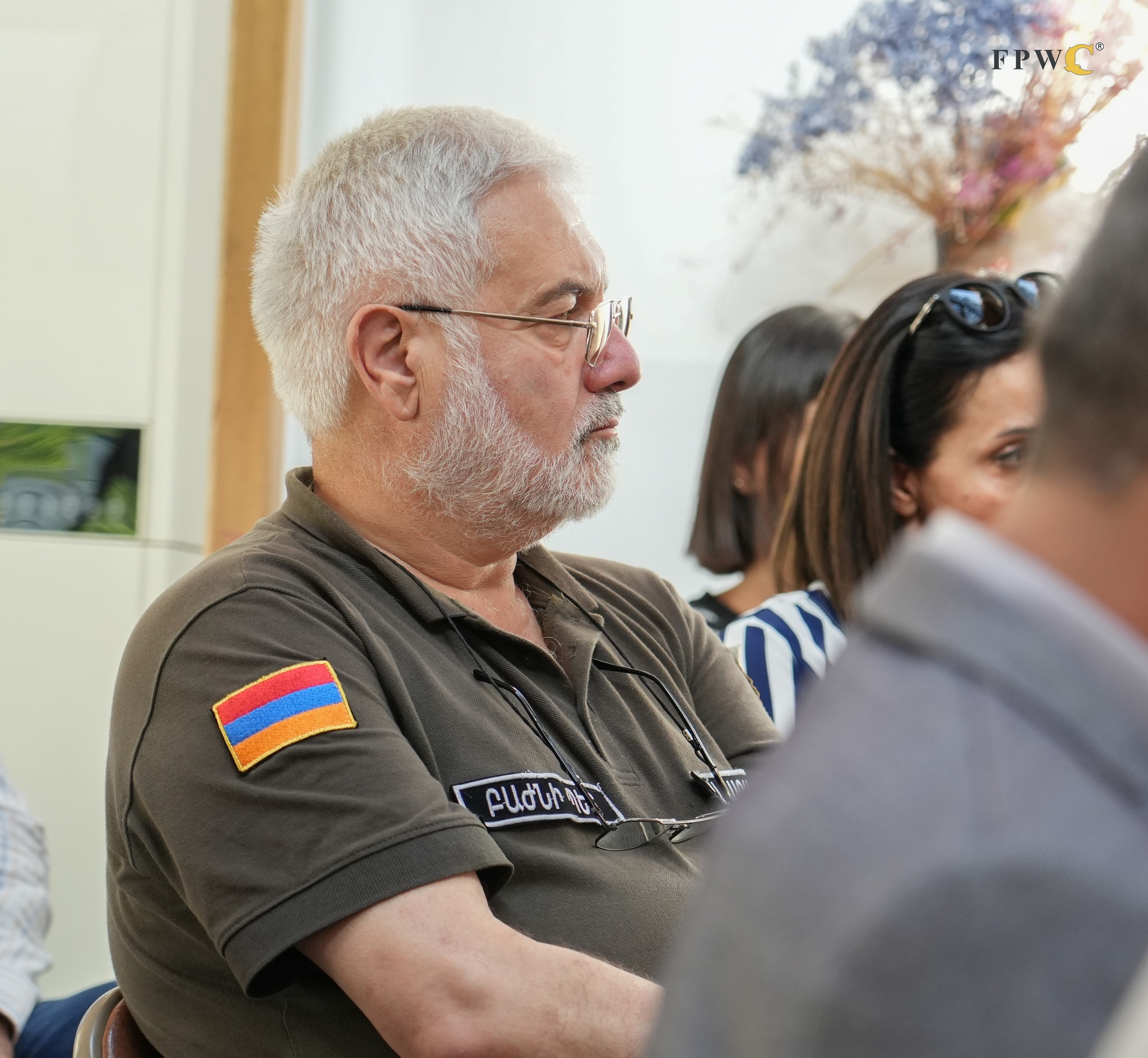

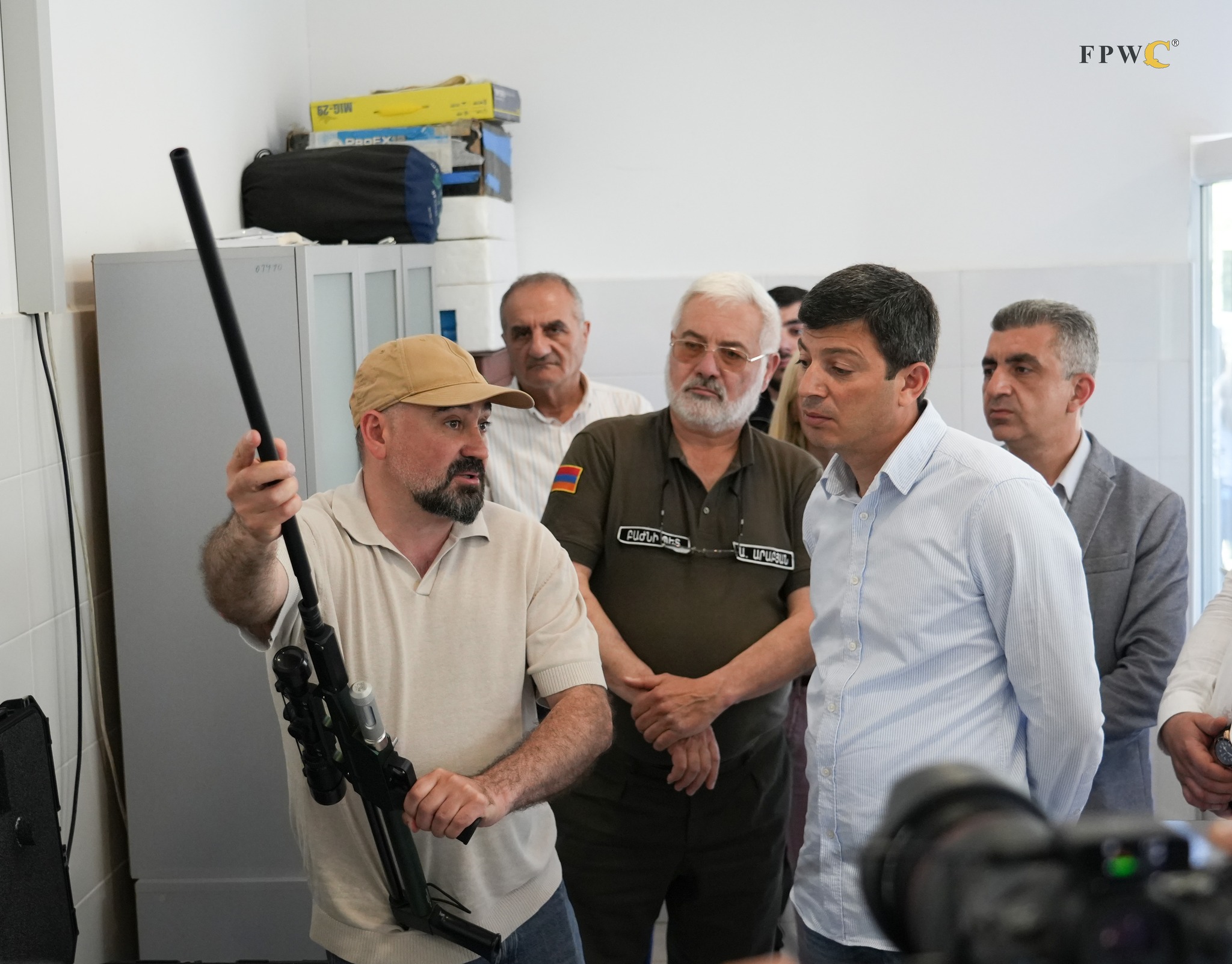
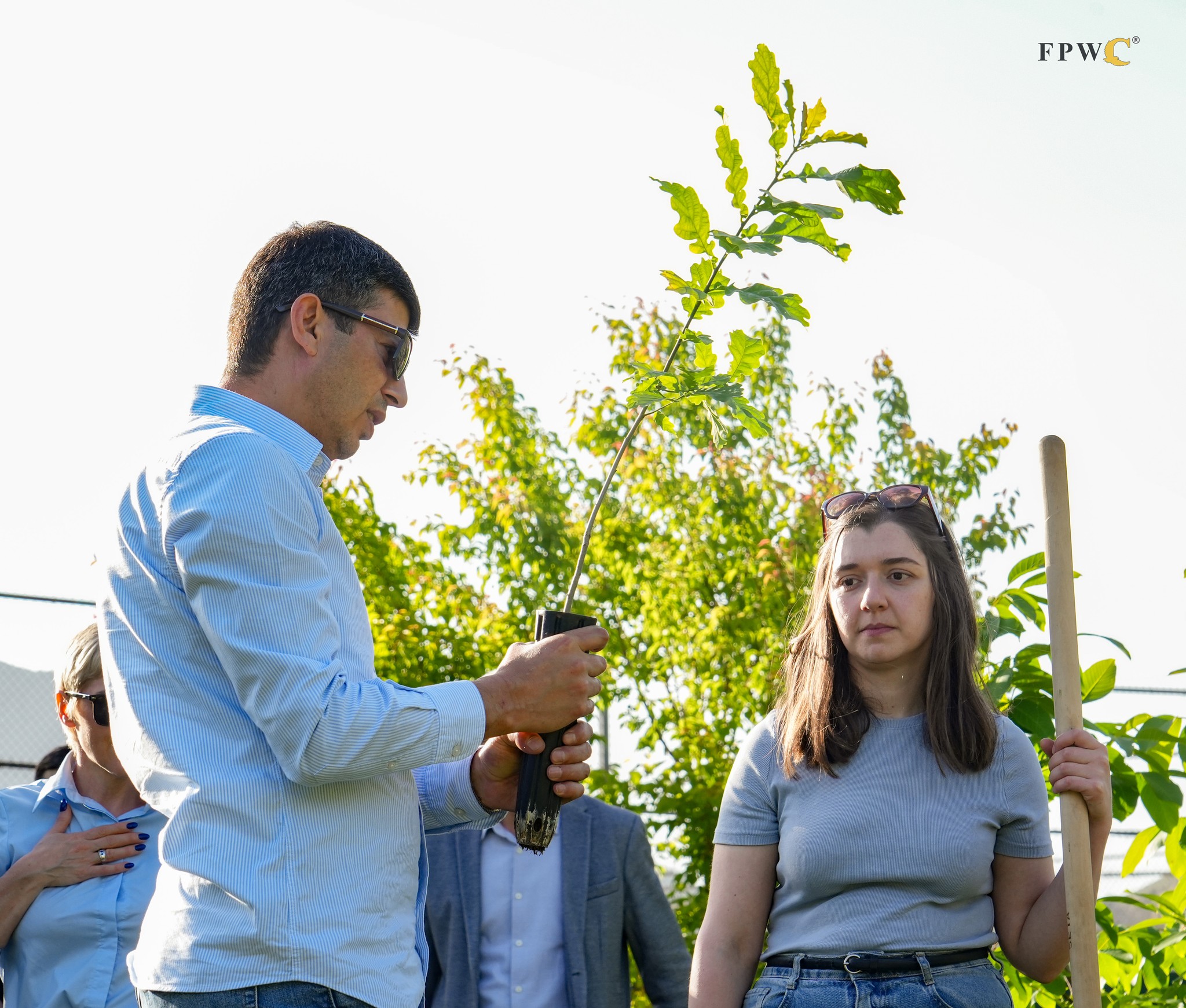

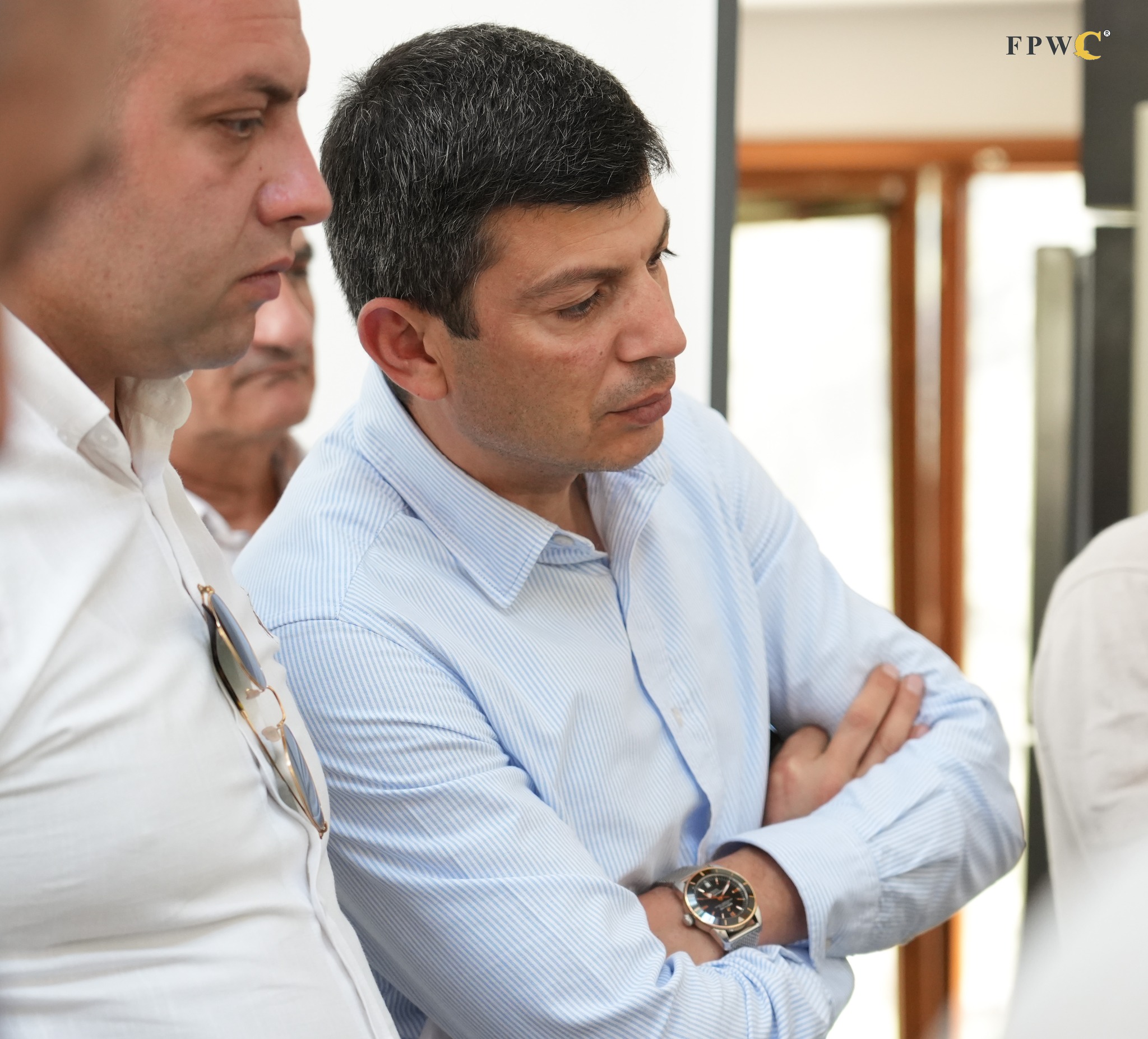
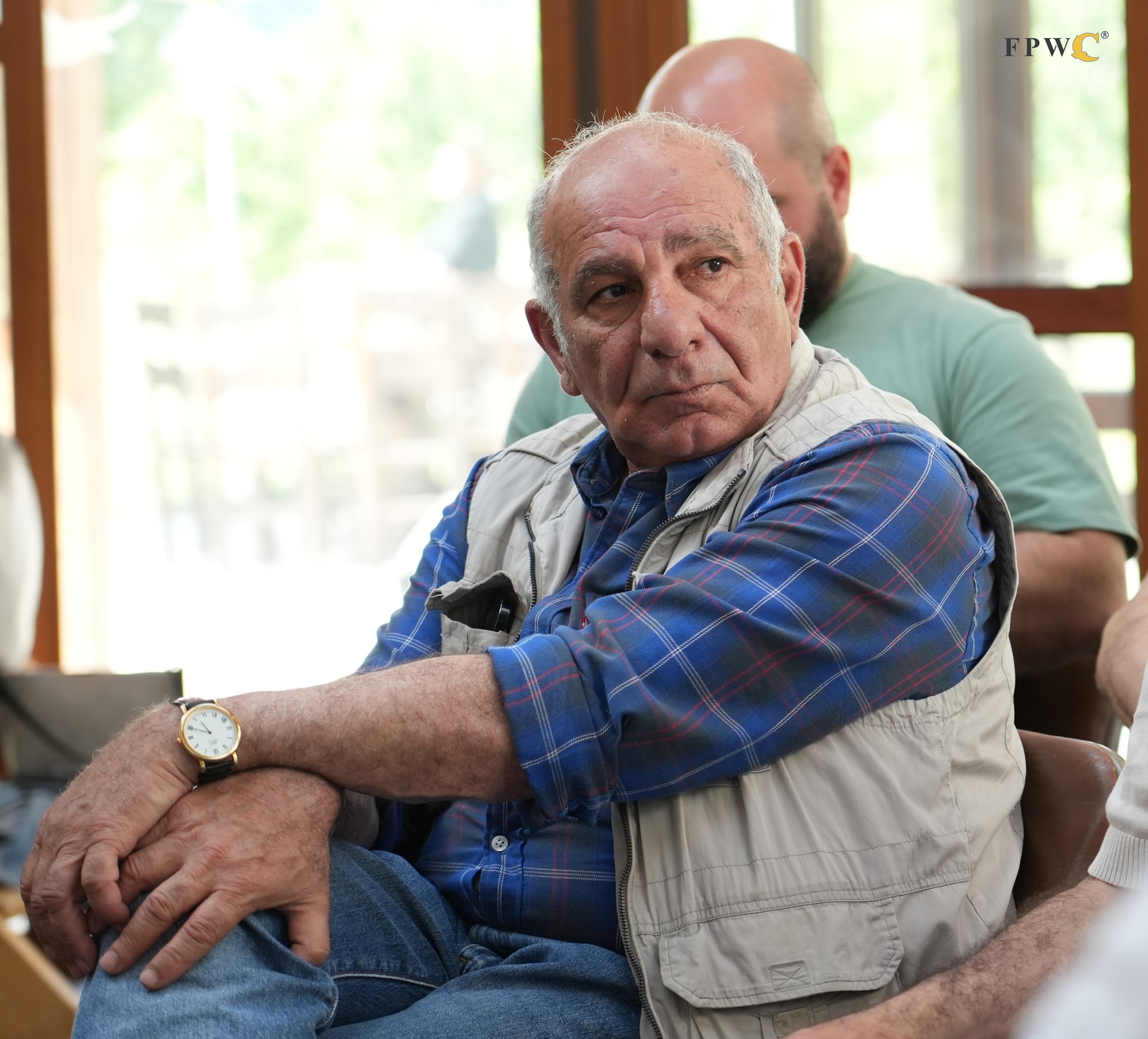
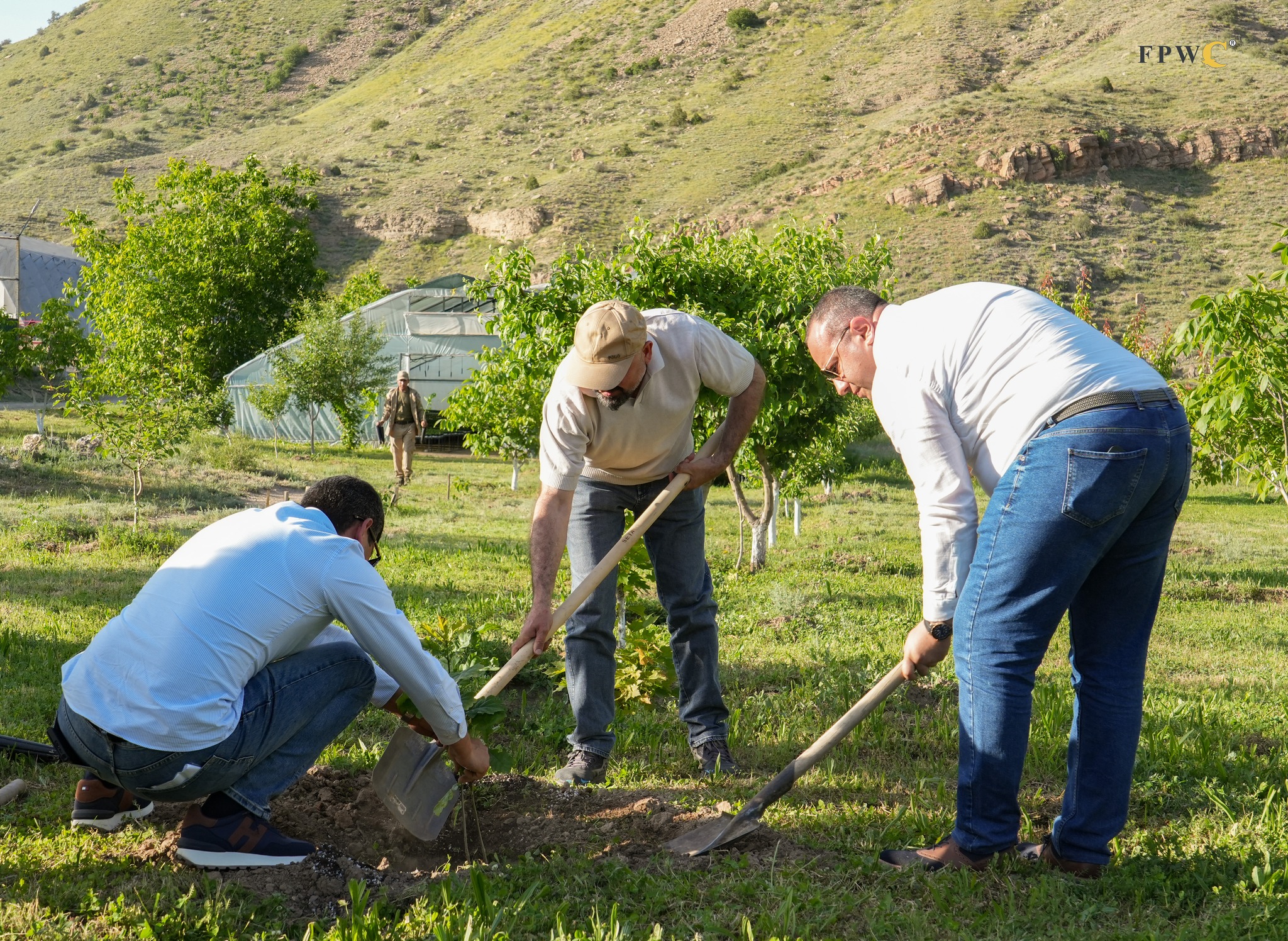

Published on 19/05/2025
In a decisive move toward ending the exploitation of wild animals in captivity, Armenia’s environmental authorities and civil society came together at the Foundation for the Preservation of Wildlife and Cultural Assets’ (FPWC) Wildlife Rescue Center on May 19. The gathering, held during International Biodiversity Week, highlighted a shared commitment to dismantling the abusive practice of keeping wild animals in unnatural, confined settings—often for entertainment.
Led by Deputy Minister of Environment Tigran Gabrielyan, the event brought together key representatives from “Hayantar” SNCO, the Khosrov Forest State Reserve, WWF Armenia, the Inspectorate for Nature Protection and Mineral Resources, the Eco-Patrol Service, and members of the Human-Wildlife Conflict working group. The central focus: identifying tangible pathways to rescue wild animals currently held in private facilities and leisure venues, and strengthening oversight mechanisms in advance of COP17.
The event opened with FPWC’s presentation of its ongoing work in wildlife protection, conflict mitigation, and habitat restoration. Attendees were then introduced to the pioneering model of the Caucasus Wildlife Refuge (CWR)—Armenia’s only privately protected area—where conservation meets innovation.
Discussions covered:
Concrete outcomes followed. A roadmap is being drafted to identify and register all captive wild animals in Armenia. The Ministry of Environment pledged to design a monitoring system, ensuring no wild animal remains in unregulated or inhumane conditions. Deputy Minister Gabrielyan committed to taking every necessary measure to bring this issue to resolution.
Participants toured the Wildlife Rescue Center, where they observed the rehabilitation processes and met with some of the 30 brown bears currently housed there. With a second rescue center under construction, FPWC reaffirmed its readiness to provide sanctuary to all bears in need—and, when possible, to other species.
The event concluded with a symbolic tree planting ceremony, underscoring biodiversity protection as a shared responsibility. As saplings were placed in the soil, a deeper message was rooted: coexistence with nature is not just an ecological ideal but a cultural and ethical necessity.
This landmark meeting signaled a clear shift in policy and public will: Armenia is moving from tolerance of captivity to a model of respect, care, and ecological harmony. FPWC stands ready to lead this transition—together with all who envision a future where wild animals roam free, as they were meant to.















